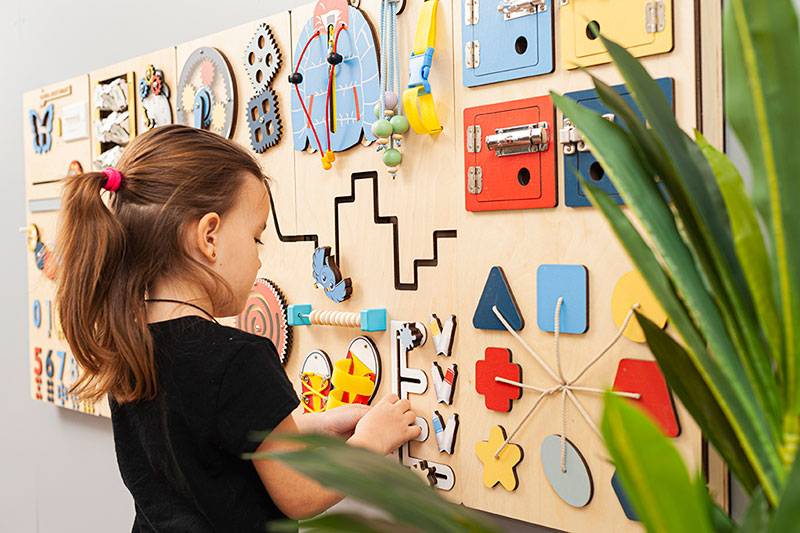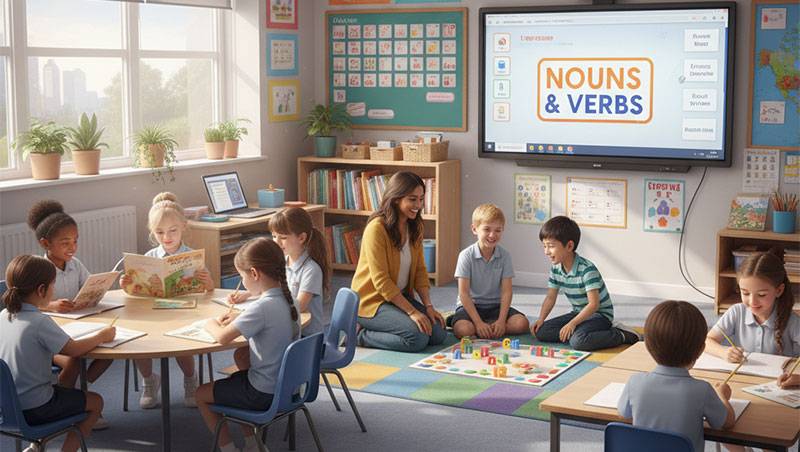Preparing Your Child for the First Speech Therapy Session Online
Beginning speech therapy is a watershed moment in your child’s development; yet, it is reasonable to be both excited and concerned about the potential outcomes. Whether you are beginning speech therapy in New York City or in another city, the initial online session becomes the foundation for the future progress in communication of your child….












